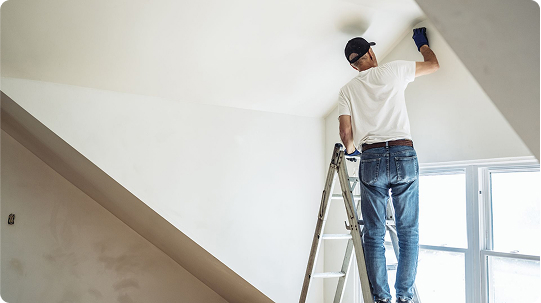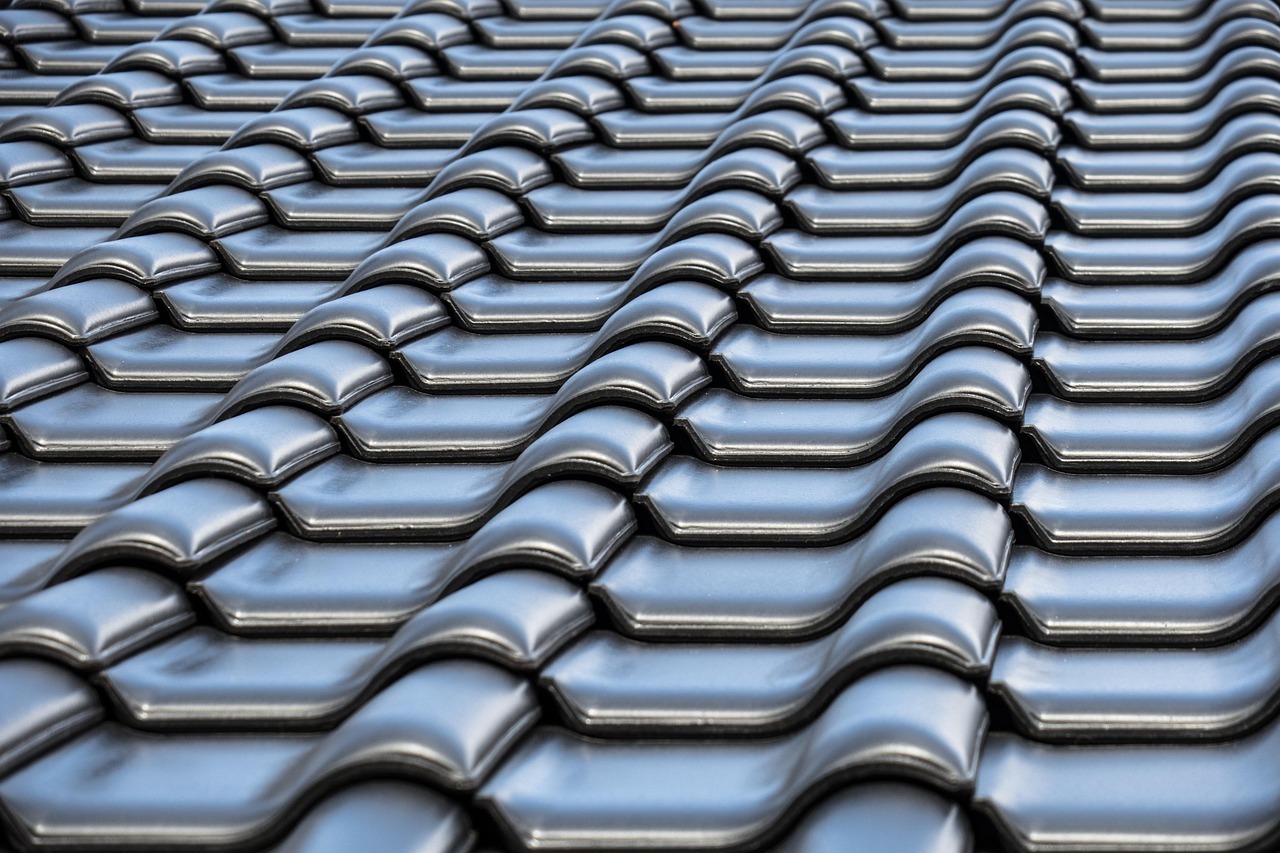How Professional Painters in Calgary Prep Your Home for a Flawless Finish

Here’s a deep dive into how professional house-painting services get you set for a flawless finish. If you’re preparing to refresh your walls, you’ll want to understand exactly how a team — such as those offering “ Professional painters in Calgary ” — handle the prep work so the final coat really pops and lasts.
1. Initial walk-through and assessment
Before a single drop of paint hits, the crew takes stock of the space. They’ll examine walls for cracks, nail pops, peeling surfaces, moisture stains, and previous treatments. What this really means is that the job isn’t just “apply colour” — the foundation has to be sound. According to industry guides, skipping this step makes it far more likely you’ll see imperfections later.
By spotting trouble early (for example uneven drywall or lingering grease), the team can plan repair strategies, choose the right primer or putty, and set realistic timelines.
2. Clearing the room and protecting surroundings
Once the assessment is done, the next move is to clear the area. That means removing furniture away from walls, taking down wall hangings, and shielding flooring, baseboards and fixtures. Good painters will cover floors with drop cloths or paper, tape off trim, and bag or label hardware. For example, one large home-improvement retailer outlines the steps: remove covers and outlet plates, protect large furniture, and cover flooring to prevent splatter. This step matters because a clean work zone means fewer mistakes, less cleanup, less risk of damage to your belongings — and ultimately a smoother finish.
3. Cleaning surfaces and eliminating contamination
You might think walls are clean enough — but even a thin layer of dust, grease or soot can affect paint adhesion. A professional team will wipe or wash walls, trim and ceilings as needed. One guide mentions using mild detergent or TSP (trisodium phosphate) for heavily soiled areas. What this really means for you: if you choose a professional service, they’ll treat the paint job as more than cosmetic — they’ll ensure the substrate is ready so the colour holds up and looks sharp.
4. Repairing and smoothing imperfections
Here’s where the difference between a “good” and “excellent” paint job really shows. The team will fill nail holes, repair small cracks, patch dents, and smooth over rough spots with sanding or joint compound. As one how-to explains: even small voids become obvious once a coat of paint goes on. Then they’ll sand those repairs so you’re left with a flat, continuous surface — which means the paint goes on evenly and reflects light properly. A crisp finish often comes down to how well the prep was done.
5. Taping, masking, caulking edges
Getting sharp edges and clean transitions is essential. Professionals will use painter’s tape around trim, windows, doors, ceilings and protect adjacent surfaces. They’ll also caulk gaps along trim, where the wall meets moulding, or around window frames. One detailed guide shows how caulking and sealing these seams improves the look. What this means for your home: when the paint goes on, you’ll see crisp lines, fewer visible joints, and easier clean-up around the edges. That matters if you want that “just painted” look instead of “DIY” visible flaws.
6. Priming and selecting the right materials
Once everything is prepped — cleaned, repaired, masked — the next step is priming (if required) and choosing the right paint and tools. If walls are bare, stained, or you’re switching from dark to light, primer is key. Guides stress that primer should not be skipped in those cases.
Professionals will match paints to the room’s conditions (humidity, traffic, surface type), pick finishes (matte, eggshell, satin) and ensure the materials are suitable for durability and appearance. What all that means for you is fewer surprises, fewer touch-ups, and a longer-lasting result.
7. Scheduling around drying times and proper conditions
Painting isn’t just about applying the colour — it’s also about letting each layer cure properly. Good contractors will account for temperature, humidity, and time for the primer and coats to fully set. In DIY discussions, one tip: proper dry time means fewer brush marks, fewer drips, and better adhesion.
8. Cleanup, inspection and touch-ups
After the bulk of the work, the team doesn’t just leave. They’ll remove tape, clean all drop cloths, wipe off any accidental paint on trim or fixtures, reinstall hardware, and walk you through the job (often doing a final inspection). According to one detailed “prep” article, the final step of inspecting for drips, missed spots or uneven texture is critical. This Old House
What this really means for your finished home: you get a polished, turnkey result rather than “yeah the work is done, good luck”. A professional service holds themselves to a higher standard.
9. Why all this prep matters for long-term performance
You might be tempted to skip or shortcut certain steps — but that’s risky. If walls weren’t cleaned, paint might peel. If cracks weren’t filled, you’ll see shadows or gaps. If you skip priming when you should have, the finish might be uneven or fade faster. Preparing well upfront saves time and money down the line.
As one practical discussion puts it: “Painting is all about prep”.
In short: the investment you make in solid prep pays off in how the paint job looks and how long it lasts.
10. What to ask when hiring a painting team
Since you’re looking for well-executed work, make sure your contract or discussion covers the prep steps. Ask questions like:
- Will you inspect and repair surfaces before painting?
- How will you protect furniture, flooring and adjacent areas?
- Which materials (primer, paints, finishes) will you use and why?
- What’s your timeline, including drying/curing time?
- How will you handle cleanup and final inspection?
Choosing a team that emphasises prep is choosing a superior outcome.
Pulling all this together: when you invest in a professional painting crew that takes the full preparation seriously, you’re not just changing colour — you’re upgrading the look and lifespan of your interior. The payoff is visible in smooth walls, crisp edges, rich finish, and a job that still looks fresh years from now.



